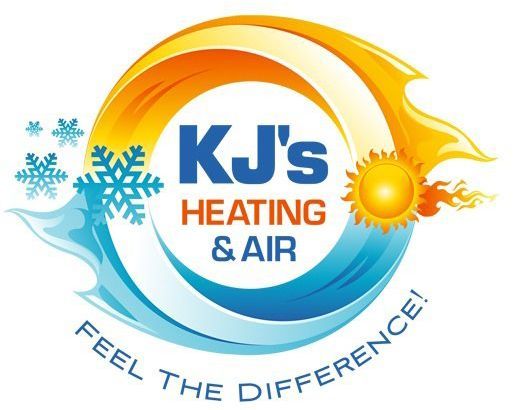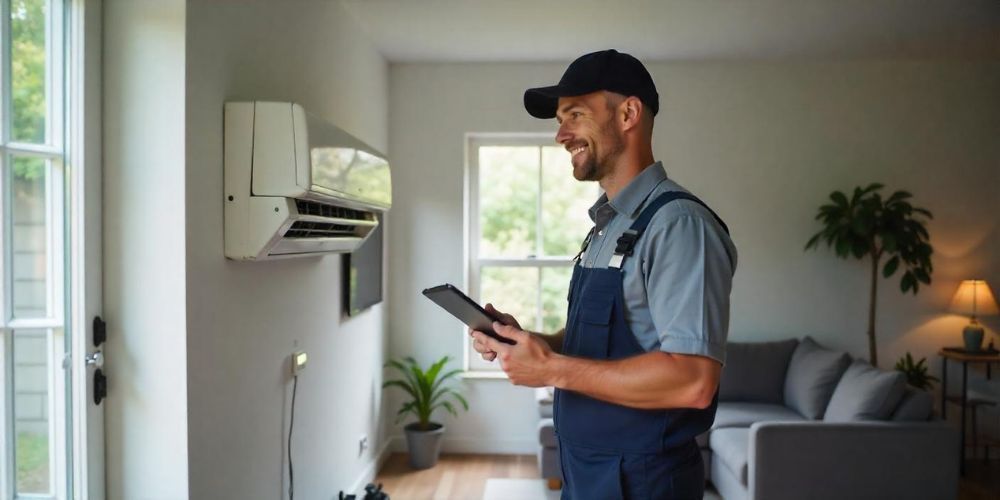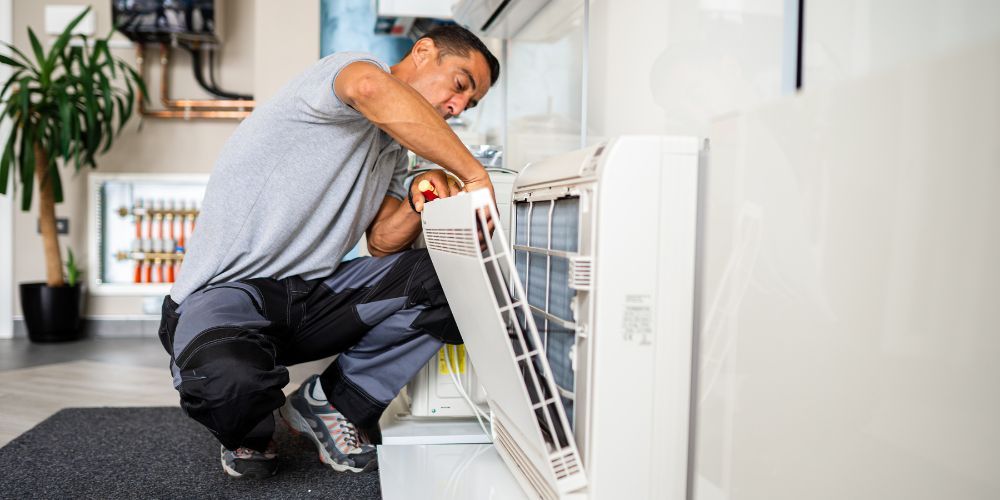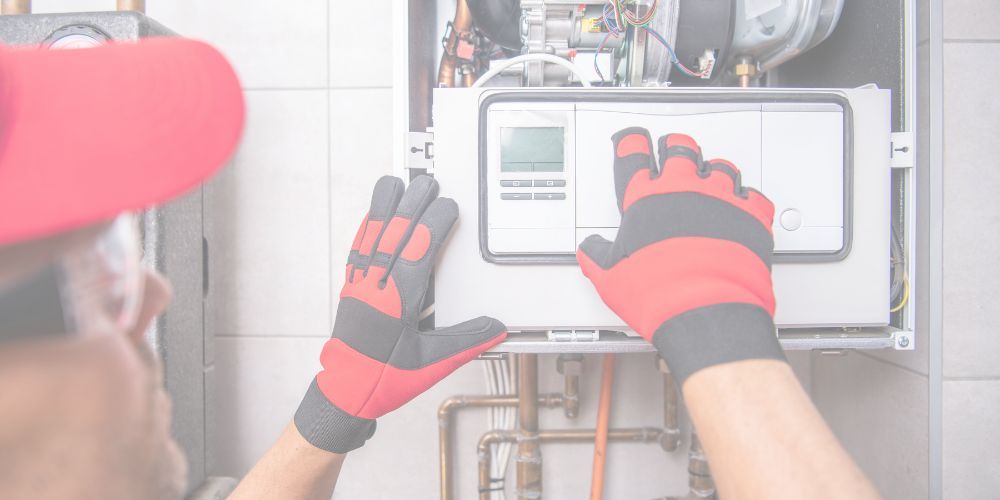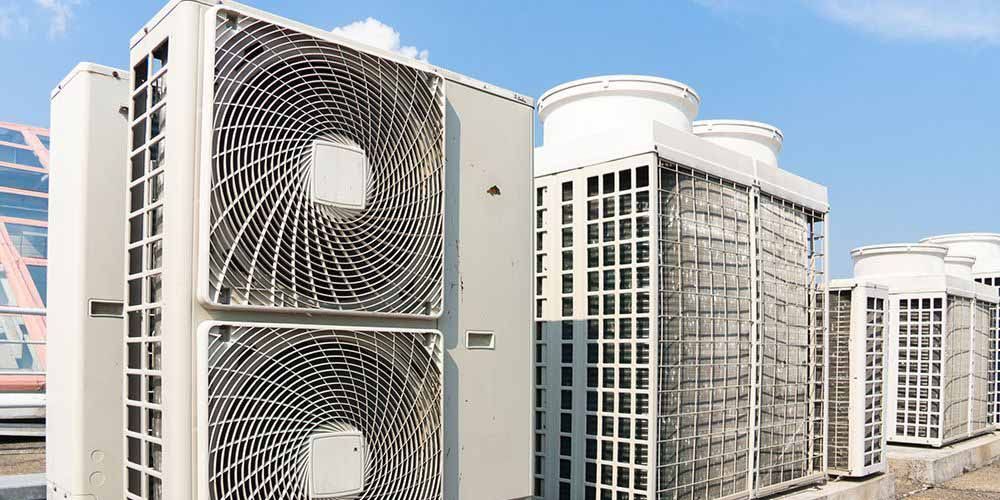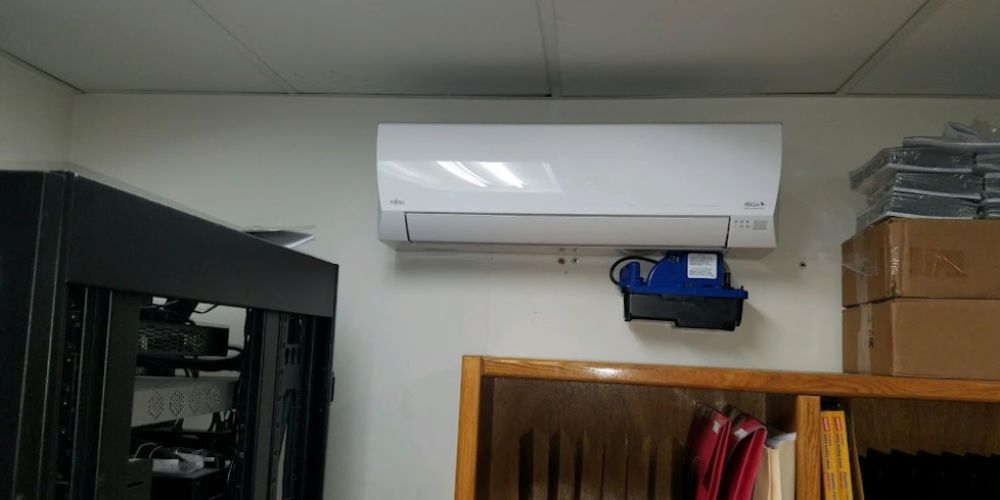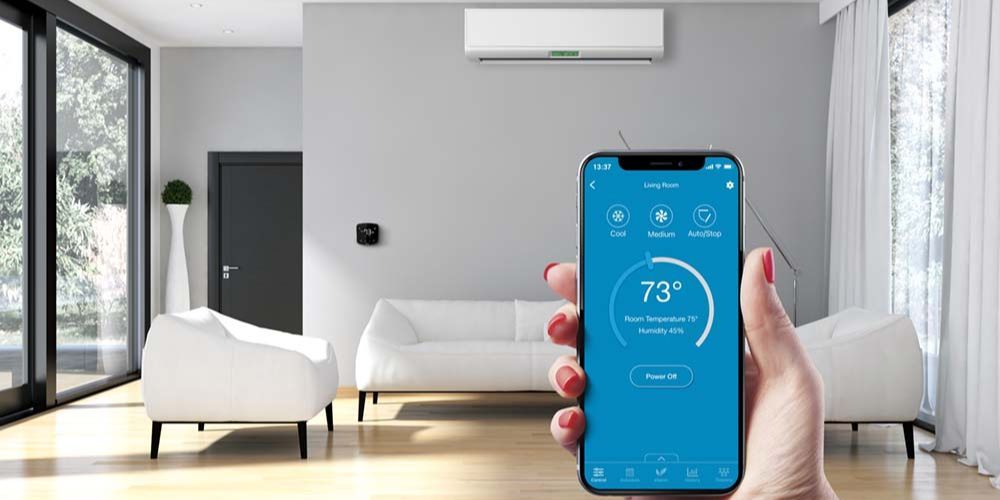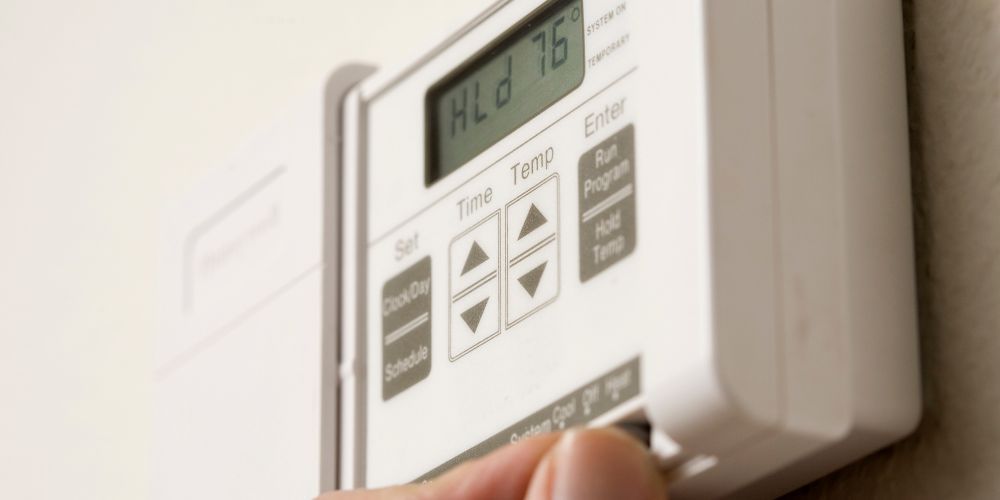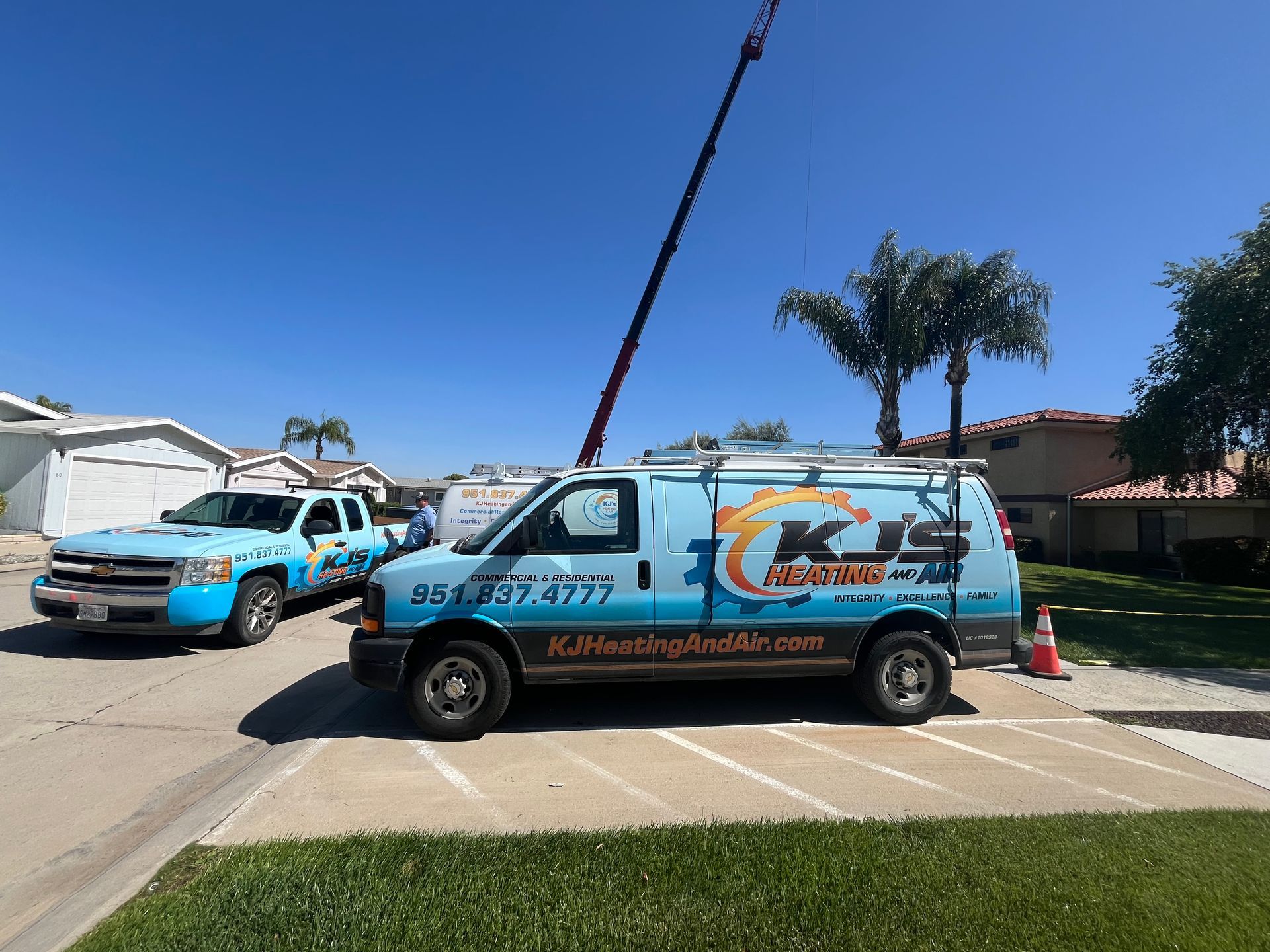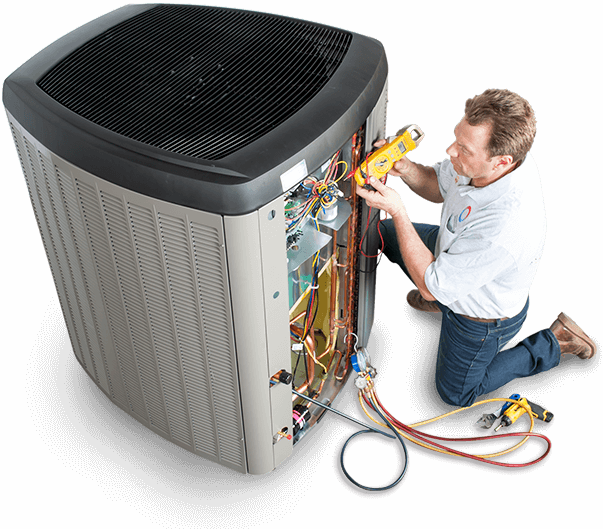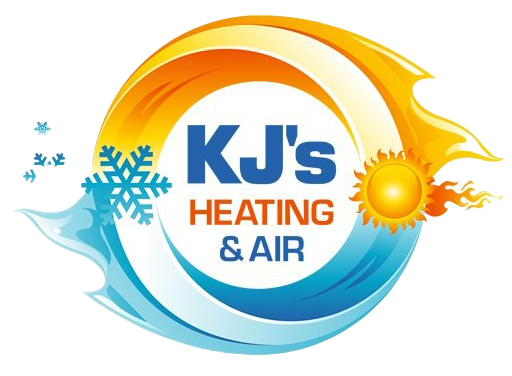Main Components of an HVAC System: The Complete Guide for Homeowners
What Are the Parts of an HVAC System?

A typical system includes several HVAC elements that work together to control temperature, humidity, and air quality. The parts of a residential HVAC system may vary based on home size and local climate, but the core components generally remain the same.
This guide covers all the essential HVAC system components explained in a clear, practical way—perfect for homeowners, property managers, or anyone interested in learning more about HVAC operations.
HVAC System Components & Their Functions
1. Thermostat – The System’s Brain

Let’s start with one of the most visible components of an HVAC system: the thermostat. It allows you to set a preferred temperature, which triggers the system to heat or cool your space accordingly. Smart thermostats take this a step further with automation and energy-saving features.
2. Furnace / Heat Pump – The Heating Core
One of the most vital HVAC components, the furnace generates heat using electricity, gas, or oil. In contrast, a heat pump moves heat rather than creating it, doubling as both a heater and an air conditioner. These are central parts of HVAC system setups designed for year-round comfort.
Related read - Simple Fixes If Your Furnace Is Running But Not Heating

3. Evaporator Coil – Cooling Starts Here
Installed near or within the furnace, the evaporator coil is one of the most important components of an air conditioning system. Refrigerant in the coil absorbs heat from the air, helping cool your indoor environment before the air is recirculated.
4. Air Handler & Blower Fan – Airflow Drivers
The air handler, often housing the blower fan, distributes conditioned air through your ductwork. Without it, the conditioned air wouldn't circulate properly. These parts of the HVAC system are essential for maintaining steady airflow.
5. Condenser Coil – Heat Release System

Located outside, the condenser coil expels heat absorbed from inside your home. Alongside the compressor, it plays a critical role in heat exchange, and both are considered central HVAC system parts during cooling operations.
6. Compressor – The System’s Engine
The compressor pumps refrigerant through the system. Often called the heart of the HVAC setup, it controls pressure and refrigerant flow between the evaporator coil and condenser coil, connecting multiple parts of the HVAC into one efficient cycle.
6. Compressor – The System’s Engine
Air quality control involves processes to manage and improve indoor air quality. That includes the removal of airborne pollutants, the regulation of humidity levels, and the monitoring of carbon dioxide (CO2) concentration levels.
7. Expansion Valve – The Pressure Balancer
This tiny device controls how much refrigerant enters the evaporator coil, ensuring it arrives at the right pressure and temperature. It may not look like much, but it’s a key player among HVAC components for effective cooling.
8. Ductwork & Vents – The Distribution Network

Air moves through ductwork and exits through vents, reaching every room in your home. Clean and well-sealed ducts are essential to efficient HVAC operations. These parts of an HVAC system might be out of sight, but they shouldn’t be out of mind.
To know more - The Importance of a Proper Ventilation System in Your Home
9. Air Filters – The Air Quality Protectors
A seemingly small component, air filters prevent dust, allergens, and debris from circulating through your system. Clean filters extend the life of other HVAC system components and improve indoor air quality, especially crucial for families and those with allergies.
Optional Add-Ons: Enhancing Your HVAC System
Besides the basic parts of an HVAC, many systems include or can be upgraded with:
- Humidifiers/Dehumidifiers for ideal humidity levels
- Zoning Systems to control different areas independently
- UV Air Purifiers for better indoor air quality
- ERVs for fresh air without energy loss
Though not essential, these components of HVAC system setups can make a huge difference in both comfort and efficiency.
Signs Your HVAC System Needs Attention
No matter how well-built, every system eventually needs care. If you’re noticing issues with any parts of the HVAC system components, don’t wait. Here are some red flags:
- Weak airflow or inconsistent temperatures
- Loud or unusual noises
- Frequent cycling on and off
- Higher-than-usual energy bills
- Musty smells or increased dust indoors
Proper maintenance ensures all the parts of the HVAC system work together seamlessly, improving performance and extending lifespan.
Related read - How often should HVAC be serviced?
Conclusion
Whether you're a curious homeowner or someone planning a system upgrade, knowing the main components of an HVAC system gives you a clear advantage. These systems are more than just heating and cooling machines—they’re complex networks of mechanical and electrical parts working in harmony.
From the thermostat to the condenser coil, each piece plays a vital role in keeping your space comfortable. The better you understand the parts of an HVAC system, the more informed and confident you'll be in your home decisions.
And when you're ready to take the next step—whether it’s maintenance, repair, or a system upgrade—KJ Heating & Air is here to help. Our team understands HVAC systems inside and out and is committed to keeping your home comfortable all year round.
Frequently Asked Questions
What are the 5 main components of an HVAC system?
The core components are the thermostat, furnace or heat pump, evaporator coil, condenser coil, and ductwork.
What are the major parts of HVAC systems?
In addition to the main five, air handlers, compressors, expansion valves, and air filters are vital to system efficiency and comfort control.
What parts make up an air conditioning system?
An air conditioning system includes the evaporator coil, compressor, condenser coil, expansion valve, and blower fan.
How do I know if I need HVAC repair?
Watch for signs like inconsistent room temperatures, reduced airflow, unusual sounds, or rising energy costs.
Why is ductwork important in HVAC systems?
Ductwork is the delivery system for conditioned air. Leaks or blockages reduce efficiency and can lead to poor indoor air quality.
